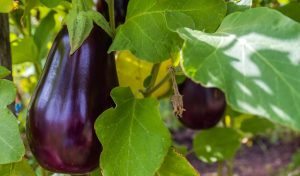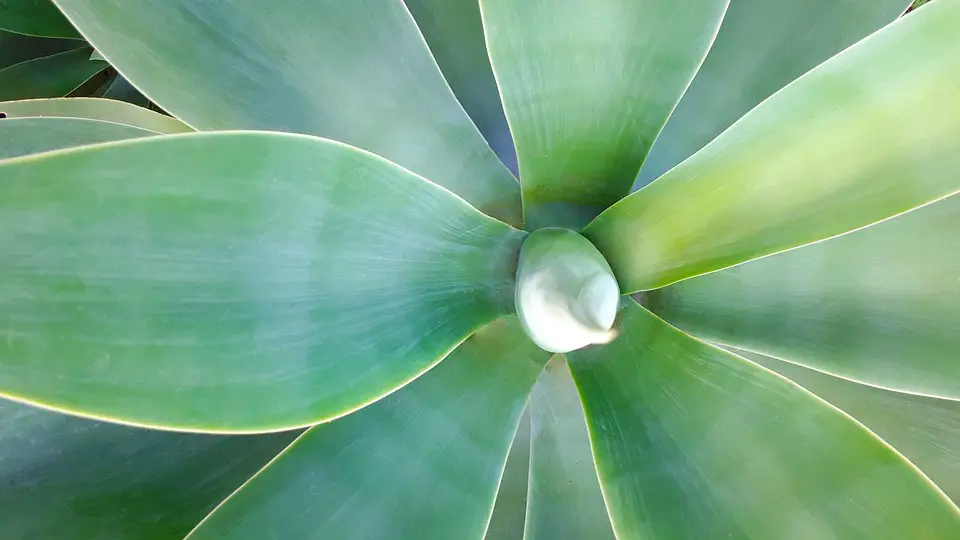Mangoes are a delicious tropical fruit that can be grown in your own backyard! All you need is a pip and some patience.
With some basic tips and care you can grow your own mango tree that could produce tasty mangoes in the future.
The most important thing to remember is to plant the seedling as soon as possible after it has been harvested from the tree.
You should wrap the pip in a damp cloth and then place this into a dark and warm place, such as a linen cupboard. Inspect regularly and when germination begins plant into a pot of good compost.
How long does it take for a mango seed to sprout?
Generally a mango pip will take about 2 to 4 weeks to begin to produce roots and sprouts.
The time period can be shorter or longer and it really depends upon the condition of the seed and the environment where you are trying to get it to grow.
A pip in a cool place will take longer to sprout than one which is in warm surroundings.
The best way to grow a mango tree from a pip
The easiest and best way to grow your mango tree from a pip is:
Make sure that you choose a pip from a healthy mango fruit that is ripe
Remove the pip and any flesh
[amazon box=”B09767H2YN” template=”horizontal” title=”Live Mango Fruit Tree” description=”Young Mango Tree Grown From Fruiting Stock “]
Place the whole seed in a bowl of lukewarm water for 24 hours, keep the bowl in a warm place
Remove the seed from the bowl
Wrap the seed in moist paper towels
Place the paper towel package into a plastic bag, leaving a small opening to allow air to get in
Put the entire package in a warm place to enable germination to take place
Check the paper towels regularly and re-dampen if they are drying out
Once you see signs of germination it’s time to pot your plant
Planting your mango tree seedling
When your mango seedling has begun to produce roots you are ready to plant it into a larger pot.
Find a pot that has a drainage hole at the base and fill it with a good quality, light compost.
Carefully place your little mango seedling into the compost, lying it on it’s side so that the roots can bury themselves downwards into the compost.
Lightly water the soil and place the pot in a warm place away from direct sunshine.
Keep the soil moist, but never waterlogged, and let your plant grow.
Growing on your mango tree
Trees grown from seeds grow slowly and it will be several years before your mango pip develops into a large plant.
It will be even longer before it produces flowers and fruit.
As your tree grows you should pot it up into larger pots, using a well drained and good quality compost, this will provide your mango with the space and nutrients that it requires to continue it’s growth.
What’s the best soil for a mango tree?
Mangoes grow best in light, sandy soils that are slightly acidic.
If you live in a warm area and are planning to plant your mango outdoors then you can use a soil testing kit to identify the best area in your garden.
You can also plant your mango in a large container which allows you to control the Ph of the soil, ensuring that you have the best soil for your tree.
This also means that if the weather turns cold or bad then you can move your tree to a warmer, safer place to prevent damage.

Feeding your mango tree
A good all round, general purpose fertilzer, such as Miracle Grow Mango Food available here on Amazon, is ideal for feeding mango trees.
Can you grow mangoes indoors?
Mangos make great houseplants and, providing that you can give them plenty of daylight and some direct sunshine, they will grow well indoors.
The key things to consider when growing a mango inside are:
Keep the plant watered
Don’t place it near to radiators or other direct heat sources
Avoid putting the plant in an area where there are draughts
Provide as much light as possible
A mango grown in the house may not grow large enough to produce fruit but it will produce glossy leaves and makes an attractive plant for the home.
It all sounds like too much work. Can I just buy a mango tree?
If you’re not up to the challenge of growing a mango from seed or don’t have any time to spare then there is a simple alternative.
There are many businesses that sell mango trees as small plants.
Typically these have been grafted onto special rootstocks that will help them to grow quickly and produce fruit.
Many of these businesses sell online and you can find some good quality mango tree plants here on Amazon.
Final Words
If you want to grow your own mango, from seed, and enjoy the taste of a mouth-watering, sweet fruit then it’s well worth the effort.
After all what could be more rewarding that biting into a real home grown mango?
It make take a few years but you’ll have an attractive tree that with care will last for decades.
For anyone with a green thumb it’s an enjoyable project.






